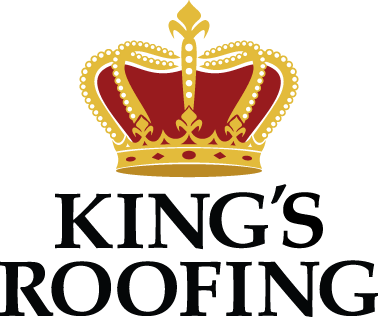4 Common Materials for Flat Roofs
Many commercial buildings have flat roofs which means less water shed. When seeking a contractor for a commercial roofing project, it’s important to know what kind of roof you currently have and whether it’s time for a change. Here is a look at the four most common roofing materials for flat commercial roofs.
Single Ply Roofing
Multiple synthetic polymers are used to create these single ply sheets of roofing membrane. All the edges between each sheet are sealed during installation to create as watertight of a seal as possible. These membranes resist wearing from UV rays and tears, which means they can last a long time in harsh conditions. With proper care and maintenance, singly ply commercial roofing can last up to 50 years.
Ballasted Roofing
This membrane roofing system uses less chemical sealing than others with the edges held in place by precast concrete pavers. Seams within the membrane are joined with a durable adhesive and the entire system can last up to 30 years.
Built Up Roofing
This commercial roofing system is commonly abbreviated as BUR and is also referred to as a tar and gravel roof. The “built up” refers to the fact that this kind of roof is repaired by applying new layers of tar and gravel whenever the roof needs repair. Most roofs go between 10 and 15 years between applications.
Modified Bitumen Roofing
This is a modified version of the BUR roofing system. The required materials are manufactured into a single sheet which is applied to the roof with heat, such as from a torch or hot mopping. An underlay is applied which seals to the new layer of roof. This roof generally lasts 20 or more years.
Commercial roofing is generally different from residential due to the shape and slope of the roof involved. For flat roofs, commercial buildings need materials that are sealed against the elements, such as the four examples given.

